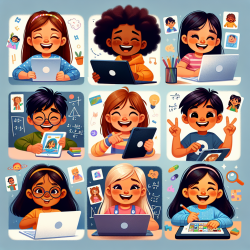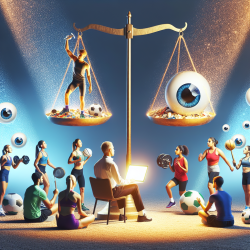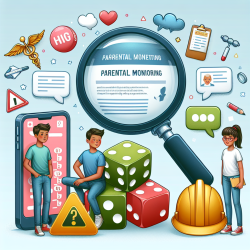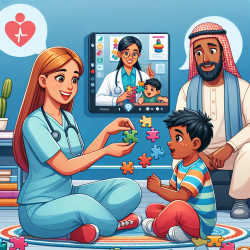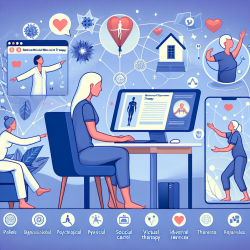1. Interactive Apps and Games
Remember when therapy felt like a chore? Interactive apps and games can change that. These tools make learning fun and engaging for students, which in turn can make your sessions more enjoyable. Apps like Articulation Station or Speech Blubs offer interactive activities that cater to various speech and language needs.
2. Virtual Reality (VR) Experiences
VR is not just for gamers. Imagine taking your students on a virtual field trip to a zoo or an underwater adventure, all from the comfort of your therapy room. This immersive experience can make learning new vocabulary and concepts more exciting and memorable.
3. Telepractice Platforms
Speech therapy telepractice platforms like TinyEYE provide a convenient and effective way to deliver services. These platforms often come with built-in tools that can help you track progress, schedule sessions, and even collaborate with other professionals. Plus, it can help you reach students who might otherwise miss out on essential services.
4. Digital Storytelling
Who doesn’t love a good story? Digital storytelling tools allow you to create personalized stories that can target specific speech and language goals. Tools like Book Creator let you and your students co-create stories, making the learning process more interactive and personalized.
5. Online Communities and Resources
Feeling isolated can contribute to burnout. Joining online communities of fellow SLPs can provide you with the support and resources you need. Websites like ASHA's Special Interest Groups or Facebook groups dedicated to speech therapy can offer valuable advice, lesson plans, and moral support.
Incorporating these tech tools into your sessions can make a world of difference, not just for your students but for you as well. By making your sessions more engaging and efficient, you can reignite your passion for your work. So why not give it a try? Your students—and your well-being—will thank you.


